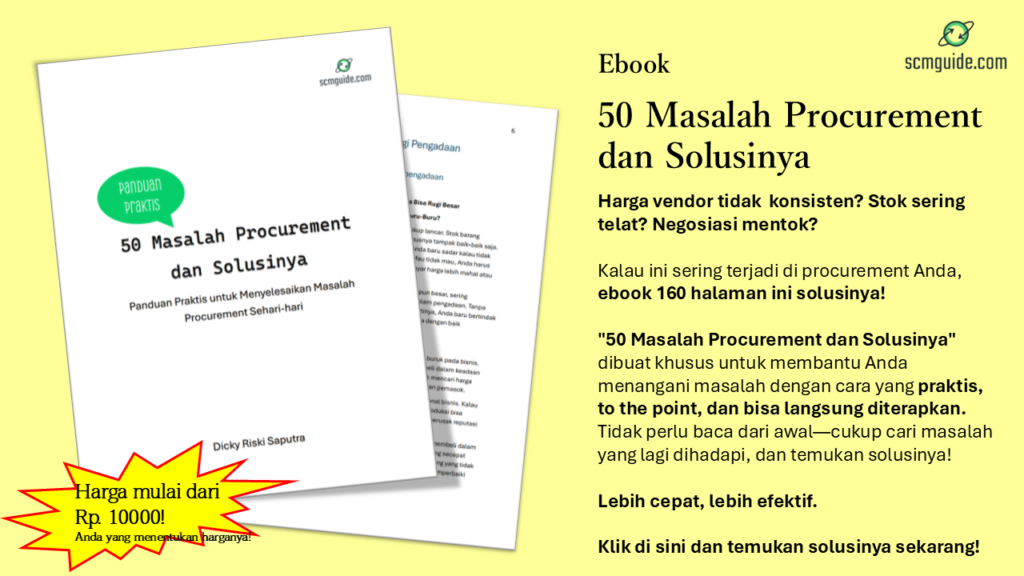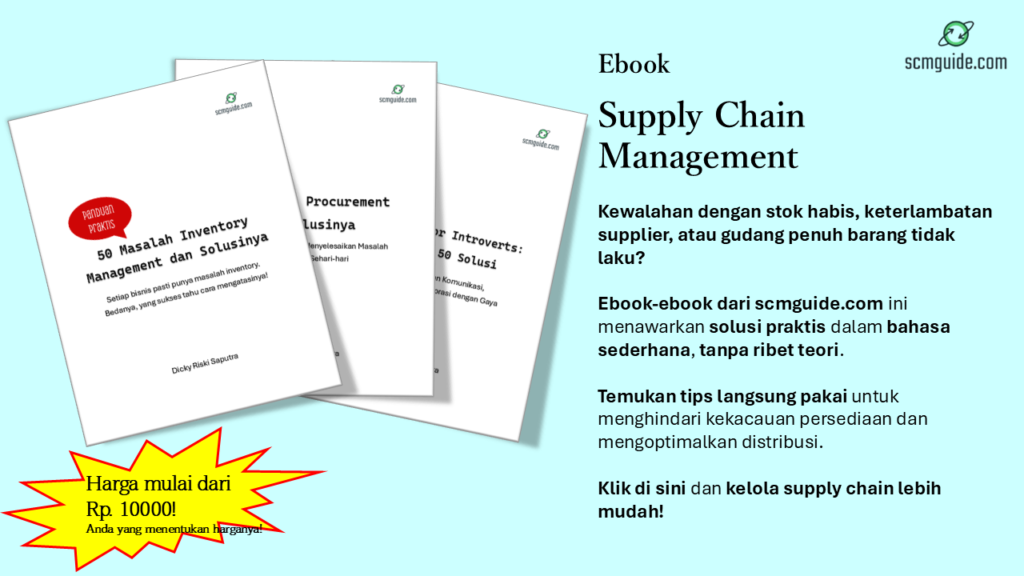Imagine this: you’ve just finalized a deal with a supplier overseas. The prices look good, delivery timelines align perfectly with your needs, and you’re ready to hit the ground running. But then, out of nowhere, a sudden announcement shakes up everything: a new tariff is being imposed, and it’s going to significantly increase your costs. Now what?
Tariff uncertainty in supply chains can feel like trying to steer a ship through a storm without a compass. You might find yourself asking questions like, “What does this mean for my bottom line?” or “How do I even prepare for something I can’t predict?”
If this resonates with you, you’re not alone. In today’s interconnected world, the ripple effects of tariff changes can be felt across industries and borders, leaving businesses scrambling to adapt.
So, let’s unpack this together. What kinds of tariffs are we talking about? How do they affect supply chains? And most importantly, what can you do to navigate this uncertainty?
Before we go further into this topic, don’t forget to follow my LinkedIn account. You’ll get more helpful insights on supply chain management there.
Table of Contents
Understanding the Types of Tariffs
First things first: not all tariffs are created equal. Knowing the different types can help you understand the playing field. Tariffs generally fall into two main categories: ad valorem tariffs, which are based on a percentage of the good’s value, and specific tariffs, which are a fixed fee per unit of goods.

On top of that, there are anti-dumping tariffs, which are meant to protect local industries from foreign products being sold below market value. Then, there are retaliatory tariffs, often used as a political tool in trade wars, and seasonal tariffs, which only apply during certain times of the year. Each of these can disrupt your supply chain in unique ways, and the challenge is that they can change quickly, depending on global politics, economic policies, or even natural disasters.
Take, for example, the US-China trade war a few years ago. Businesses importing goods from China suddenly found themselves dealing with steep tariff increases almost overnight. Many had to pivot quickly, finding new suppliers or renegotiating contracts. It wasn’t just about absorbing costs; it was about rethinking strategies altogether.
You might also like:
- The Great Debate: To Stay or to Go? A Supply Chain Professional’s Dilemma
- Upgrading Your Supply Chain: A Comprehensive Guide
How Tariff Uncertainty Affects Supply Chains
When tariffs fluctuate or change unexpectedly, they create ripple effects that can touch every aspect of your supply chain. It’s not just about the immediate cost increase; it’s about everything that follows.
For instance, let’s say you’re importing raw materials. A sudden tariff hike might make those materials unaffordable, forcing you to look for alternative suppliers. That sounds simple enough until you realize the alternatives could be slower, less reliable, or even more expensive in the long run.
Then there’s the issue of inventory. Do you stockpile goods before the tariff goes into effect? What if the tariffs are lifted soon after, leaving you with excess stock bought at inflated prices? And let’s not forget the impact on lead times, as customs clearance becomes more complicated and time-consuming under new regulations.
In a nutshell, tariff uncertainty introduces delays, raises costs, and complicates decision-making. It’s like trying to solve a puzzle where the pieces keep changing shape.
What Can You Do to Navigate Tariff Uncertainty?
Now that we’ve set the stage, let’s dive into the heart of the matter: what can you actually do when faced with tariff uncertainty? While there’s no one-size-fits-all solution, there are strategies that can help you stay ahead.
The first step is awareness. Keep a close eye on trade policies, both locally and globally. If you’re not already tracking tariff announcements or changes, now is the time to start. Subscribing to trade updates, following government announcements, or even working with a customs broker can provide you with early warnings about potential disruptions.

Next, consider building flexibility into your supply chain. This might mean diversifying your supplier base to include countries with more stable trade agreements. If you’re too reliant on one region, a sudden tariff change can be catastrophic. By spreading your risk, you give yourself more room to maneuver.
Another strategy is to renegotiate contracts with suppliers. In times of uncertainty, it’s worth discussing shared risk agreements or revising payment terms to account for unexpected cost fluctuations. Remember, your suppliers are likely facing similar challenges, and finding a win-win solution can strengthen your relationship.
Don’t underestimate the power of technology, either. Tools like supply chain management software or tariff calculators can help you simulate different scenarios and make more informed decisions. If you know how much a potential tariff increase will cost, you can plan accordingly, whether that means adjusting prices, seeking alternative materials, or delaying certain orders.
Finally, think about your customers. How will these changes impact them? Will you need to pass on the additional costs, or can you absorb them without compromising your margins? Transparency goes a long way here. Communicating openly with your customers about why prices are increasing can build trust and show that you’re doing your best to navigate these challenges.
You might also like:
- FOMO Is Costing You: The Right Way to Embrace Supply Chain Technology
- Finding the Balance: Optimizing Headcount in Supply Chain Operations
Turning Challenges into Opportunities
Here’s the thing about tariff uncertainty: while it’s undeniably stressful, it’s also an opportunity. It forces you to take a closer look at your supply chain, identify vulnerabilities, and build resilience. Businesses that successfully adapt to these challenges often emerge stronger, more efficient, and better prepared for future disruptions.
Think of it this way: when the storm passes, the companies that survive are the ones that learned to steer their ship, even in the roughest waters. Whether it’s through better forecasting, stronger supplier relationships, or smarter use of technology, the lessons you learn now will serve you well in the long run.
Wrapping It Up
Tariff uncertainty might feel like an uncontrollable force, but there are steps you can take to regain control. By understanding the types of tariffs, staying informed, and adapting your supply chain strategies, you can navigate these challenges with confidence.
So, the next time you hear about a potential tariff change, take a deep breath. Yes, it’s disruptive. Yes, it’s frustrating. But it’s also an opportunity to innovate, adapt, and grow. And remember, you’re not alone in this. Many businesses are facing the same storm, and together, we’ll find a way through.
What’s your biggest challenge when dealing with tariff uncertainty? Let’s discuss in the comments—I’d love to hear your thoughts and share more strategies to help you tackle this head-on.
I hope you find it helpful!
Please share this article with your colleagues so they can also benefit. For more insights on supply chain management, follow my LinkedIn account. You’re free to use all articles on this blog for any purpose, even for commercial use, without needing to give credit.

 by
by 


